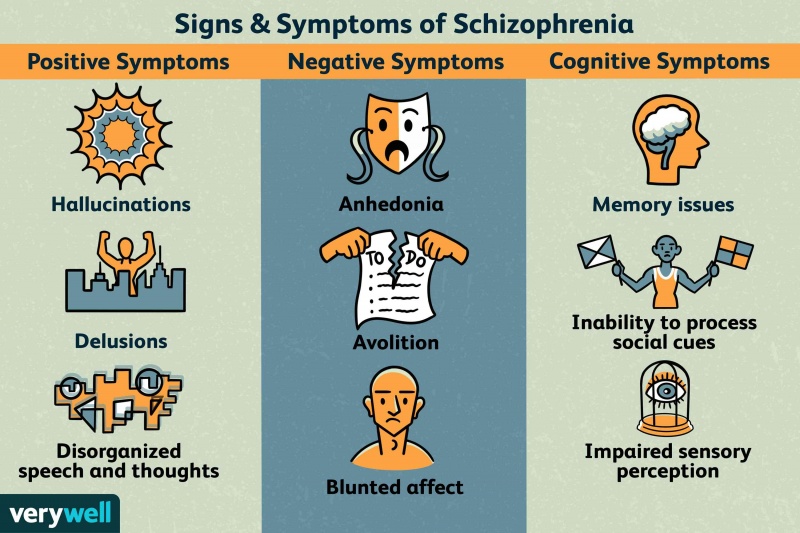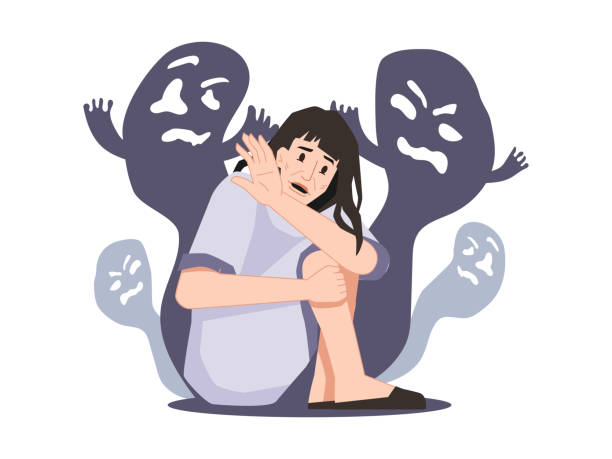What is Schizophrenia and its possible causes?
Schizophrenia is a chronic brain disorder that impacts a small percentage of the population, more males than females. This disorder is serious and affects how individuals think, feel, behave, and how they perceive reality. Causes of Schizophrenia are unknown, but it is believed that genetics, viruses in development, as well as other environmental factors play a major role in this illness. During the second trimester, there are significant risk factors for Schizophrenia, especially if the pregnant mother is exposed to things such as viral illnesses or radiation. Environmental factors such as trauma or mind-altering drug use during childhood or adolescence may also play a role in this illness.
Wnt and DISC1:
Wnt signaling is a pathway that has many roles in the nervous system. The Wnt/B-catenin pathway is crucial in the regulation of cell proliferation during early development. Alterations in one or more Wnt pathways could affect brain development and lead to brain disorders such as Schizophrenia.
DISC1 is a gene that is looked at for Schizophrenia. DISC1 and Wnt signaling are linked, especially because it was found that DISC1 inhibits GSK3-beta functioning. DISC1 regulates B-catenin through GSK3-beta. Because of this, there is increased B-catenin levels and those stimulate TCF/LEF gene transcription. A Wnt signaling gene, Dixdc1, is directly working with DISC1 to regulate Wnt signaling. It seems that DISC1 works similarly to lithium and stabilizes mood.
Symptoms:

Schizophrenia symptoms usually begin to show in early adulthood and have to be present for at least six months before any diagnosis is able to be made. This illness includes positive and negative symptoms. It is important to note the symptoms that will be mentioned tend to vary from person to person. These symptoms can all come and go, and not everyone with Schizophrenia experiences all of the symptoms all of the time.
- Positive Symptoms:
- Hallucinations:
- Auditory
- Hearing voices in their head; these voices may demand things of them.
- Visual
- Seeing lights, people, things that are not there; could be no longer living.
- Olfactory/ Gustatory
- These can be both good or bad smells/ tastes; may be perceived negatively and believe someone is attempting to poison them.
- Tactile
- Feelings of things moving on their body; this could be things such as insects.
- Auditory
- Delusions:
- False beliefs; normally inaccurate
- A few of the many types of delusions an individual may experience:
- Delusions may be persecutory: believe things like they are being stalked, framed, or tricked.
- Delusions can be religious, and the individual may believe they are possessed.
- Erotomanic delusions, in which they may believe that a celebrity is in love with them.
- Confused thoughts/ disorganized speech
- Difficult to follow a conversation when conversing with someone that suffers from Schizophrenia
- Trouble concentrating
- Losing track of movie or TV show that is being watched or doing poorly in school.
- Movement disorders
- Can seem jumpy, or be extremely still.
- Hallucinations:
- Negative Symptoms:
- Anhedonia
- Lack of pleasure
- Alogia
- Trouble with speech
- Flat affect
- Emotions are not expressed at all, voice can be flat
- Apathy
- Withdrawal from social life
- Struggle with daily tasks
- Anhedonia
Treatment options:
There is no cure for Schizophrenia, but there are some treatment options that help to manage the symptoms of Schizophrenia.
- Antipsychotic medications: Target dopamine signaling pathway
- First-generation
- Higher risk of side effects with this antipsychotic option
- Second-generation
- Lower risk of side effects with this antipsychotic option
- Injectable
- Given once to twice a month, may be a better option for individuals unable to take oral medications
- First-generation
- Lithium
- Inhibits function of GSK3-beta
- Regulates Wnt signaling pathway
- Psychosocial treatment
- Cognitive-behavioral therapy
- Family/ group therapy
- Individual therapy
- Behavioral skills training
Sources:
